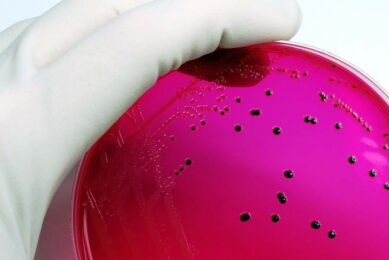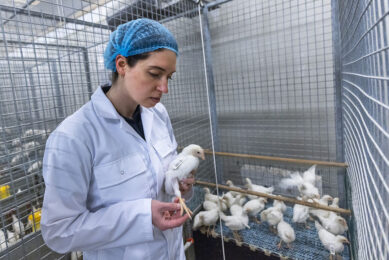Bacterial contaminants of specialty poultry
A study conducted by scientists at the University of California reported on the prevalence of Salmonella and Campylobacter in specialty poultry produced in the State. By Simon Shane
A study conducted by scientists at the University of California reported on the prevalence of Salmonella and Campylobacter in specialty poultry produced in the State.
In contrast to the extensive literature on food-borne contamination of commercial broilers and turkeys, there is minimal data on squabs, farm-reared poussin, quail and ducks. Accordingly three flocks from each of the six specialty types were surveyed for pathogens on farms and after processing.The prevalence of Campylobacter and Salmonella as reported in this study is similar to previous work with the exception of the low and variable levels isolated from ducks. The recovery of Campylobacter from carcasses reflected the relatively high level in free-range chickens and poussin with an increase recorded at processing for all three sampled flocks.
This significant study demonstrated marked differences among types of poultry raised for specialty markets. The relative prevalence of Campylobacter and Salmonella in flocks at the farm level suggests that additional studies are required to define the epidemiology of infection. Diversity among species highlights the fallacy of establishing broad regulations which may not be applicable to all production systems and types of poultry.
| Species | Campylobacter % recovery | Salmonella % recovery |
| Guinea Fowl (litter) | 5-25 | neg |
| Quail (wire cages) | 14-41 | neg |
| Poussin (enclosed houses) | 80-97 | 0-23 |
| Chickens (free range) | 32-68 | 0-23 |
| Squab | 0-10 | 0-3 |
| Duck | 3-60 | 0-5 |
By: Simon Shane













